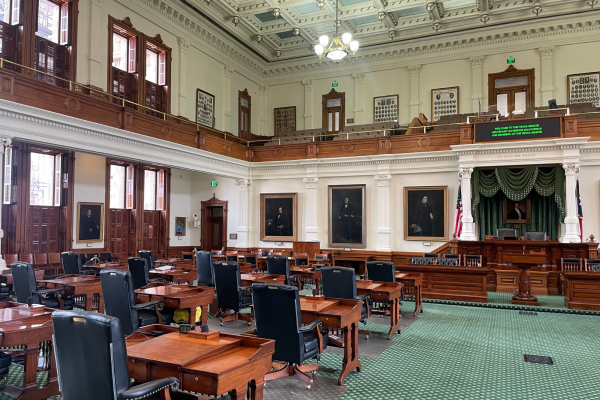District faces potential $30,000,000 shortfall
State funding program ends in 2017
Frisco ISD relies heavily on a state program for funding. However, that state program ends soon. WTV’s Wade Glover has more.
In 2006, the State of Texas issued a mandate ordering that school districts cannot tax at a certain rate to take stress off of homeowners paying high property taxes. That move left some school districts with a loss of property tax revenue. To help bridge that gap, the state created ASATR: “Additional State Aid for Tax Relief or Tax Reduction”
However, the ASATR program ends in 2017 and that could cost Frisco ISD about 30 million dollars.
“We have been dealing with the awareness that the ASATR funding was in jeopardy for at least the last five years,” Dr. Lyon said at a board meeting. “We have been quietly absorbing those cuts over and over again without raising the tax rate for the community not one time.”
WTV sat down with Frisco ISD’s Chief Financial Officer, Kimberly Pickens, to get a better handle on the district’s financial outlook.
“Our top priority has always been getting money into the classrooms, so that’s our top priority going forward,” Pickens said. “It is just becoming increasingly more difficult to fund the classrooms with that loss of funding kind of looming over us. $30 million is a lot of money, so we definitely have to consider all our options. Under current law, there are only so many ways that a school district can generate revenue which limits what can be done. We get money from the state for every student enrolled in our school district. But unfortunately, student growth also means additional costs. So, that is not a way to generate additional funds.”
“The second way is through the legislature,” Pickens said. “So, the legislature can change how they fund school districts. FISD has been advocating very heavily at the state level since 2011 to keep the ASATR program so that we can maintain our whole level of funding. We’ve known about this loss of funding that’s been coming for about 5 years now, so there is definitely no panic. But, like I said, it’s becoming increasingly more difficult to get money to the classrooms with such a significant loss of funding. So, we as a district are evaluating every option, and I have complete confidence that any decision the district makes will be the best one for students.”
One of the options being evaluated is increasing the tax rate through a tax ratification election or a TRE. Several other nearby cities have already passed TREs, including Allen, McKinney, Plano, Little Elm and Prosper.
“We don’t have ultimate control over the legislature. We don’t have ultimate control over our student population. We do have control over our tax rate,” Pickens said. “Utilizing that additional taxing authority eliminates the deficit caused by student enrollment growth in 16-17 and eliminates the deficit caused by the ASATR cliff in 17-18.”
It is important to note that the $30 million the district is losing is not the same money that goes to the construction of new schools.
The money for new construction is a result of the 775 million dollar bond approved by voters in may of 2014.
Reporting for WTV, I’m Wade Glover.

Wade Glover is a senior. He is serving as the Executive Producer for Wingspan TV in his fourth year of the Wingspan program. Wade is also the Student Body...







